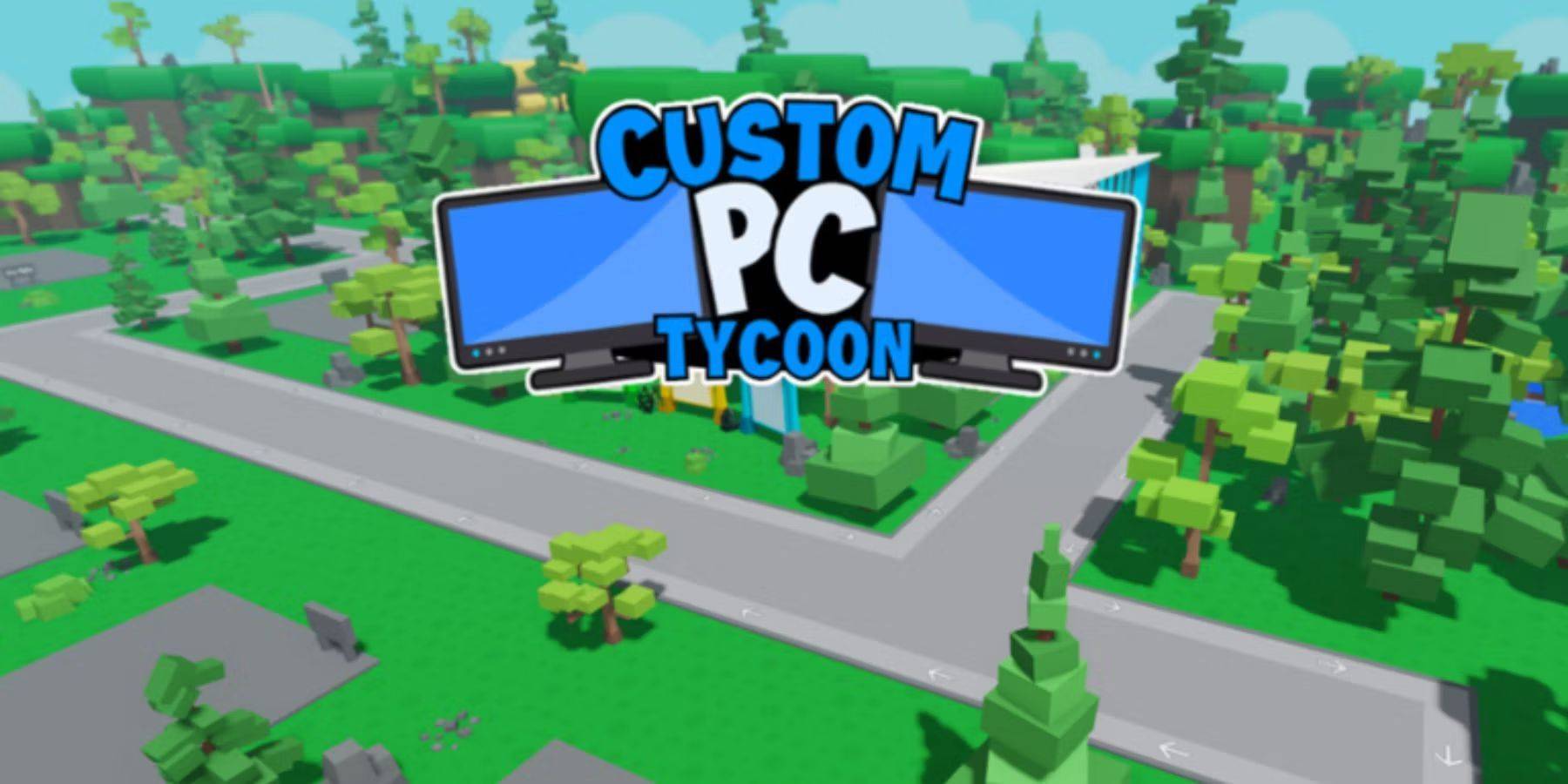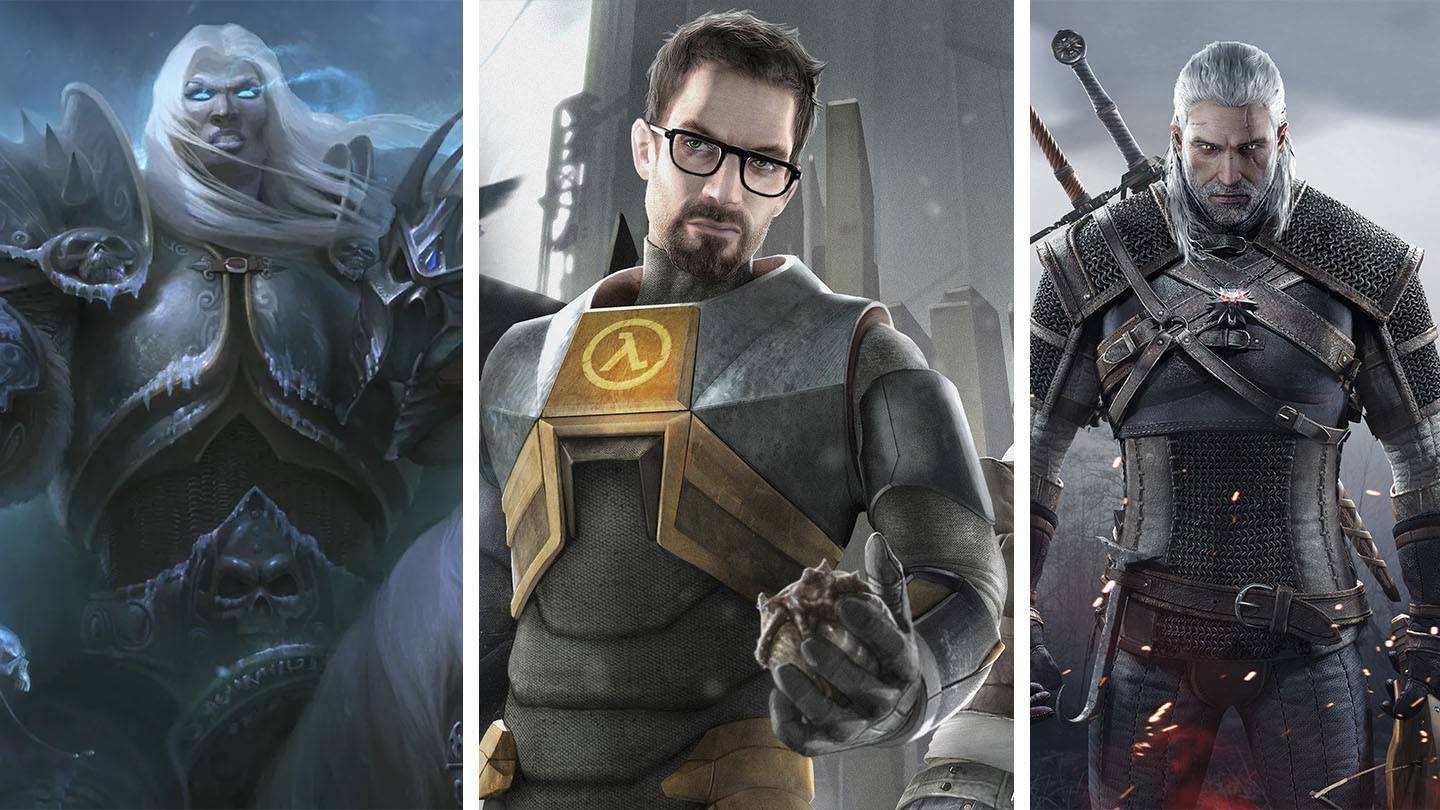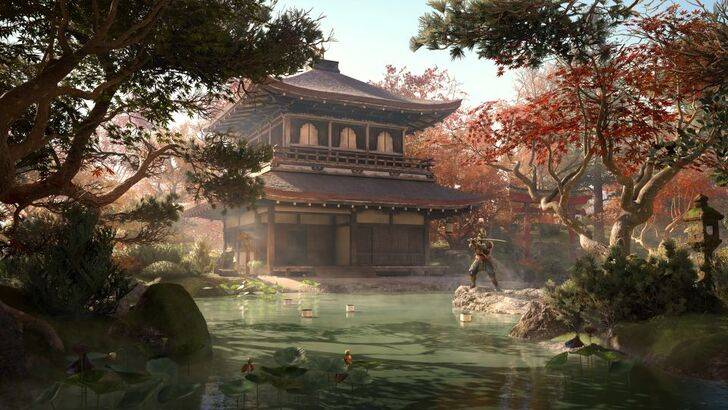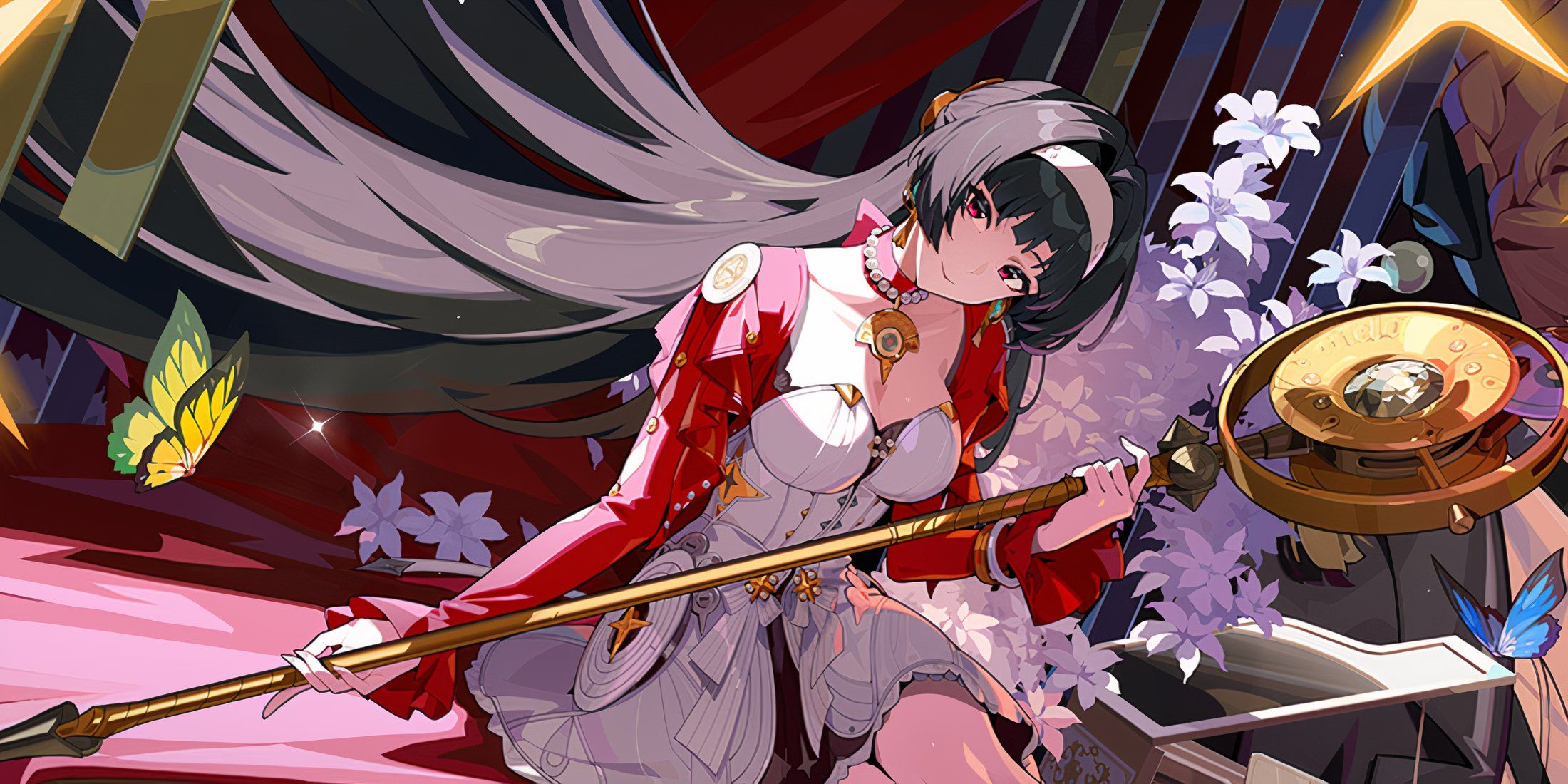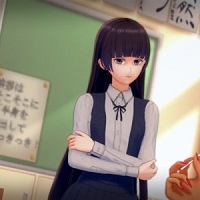
Former Nintendo employees have shed light on the reasons behind Kirby's different appearance in the U.S. compared to its original Japanese version. Dive into this article to understand why Kirby was marketed differently to Western audiences and learn about Nintendo's global approach to localization.
"Angry Kirby" Was Made To Appeal To Wider Audiences
Nintendo Rebranded Kirby For More Appeal In The West

Kirby's appearance was intentionally altered to appear fiercer and tougher on game covers and artworks to better resonate with American audiences, earning the nickname "Angry Kirby" among fans. In an insightful interview with Polygon on January 16, 2025, Leslie Swan, a former Nintendo Localization Director, explained the rationale behind changing Kirby's look in the West.
Swan clarified that Kirby was not meant to look angry but rather determined. She noted, "Cute, sweet characters are universally popular in Japan." However, she pointed out that "In the U.S., tween and teen boys are often drawn to characters with a tougher image."
Shinya Kumazaki, Director of Kirby: Triple Deluxe, shared with GameSpot in 2014 that while cute Kirby attracts a large audience in Japan, a "strong, tough Kirby that's really battling hard" appeals more to U.S. gamers. Yet, he acknowledged that this varies by title, as seen with Kirby Super Star Ultra, which featured a tough Kirby on both U.S. and Japanese box art. Kumazaki emphasized the desire to showcase Kirby's serious side through gameplay, while still recognizing that Kirby's cuteness remains a major draw in Japan.
Advertising Kirby As "Super Tuff Pink Puff"

Nintendo's marketing strategy focused on broadening Kirby's appeal, particularly to boys, leading to Kirby being branded as "Super Tuff Pink Puff" in the 2008 Nintendo DS game, Kirby Super Star Ultra. Krysta Yang, a former Nintendo of America Public Relations Manager, explained that Nintendo aimed to shed its "kiddie" image during her tenure. She said, "There was a time when Nintendo, and gaming in general, sought to project a more mature and cool image." Yang added that being labeled as 'kiddie' was detrimental to a game's success.
Nintendo consciously marketed Kirby to appear tougher and emphasized the combat aspects of its games to avoid the perception of Kirby being solely for young children. In recent years, Kirby's personality has taken a backseat to gameplay and abilities, as evident in the promotional materials for Kirby and the Forgotten Land in 2022. Yang noted, "There’s been an ongoing effort to portray Kirby as a more well-rounded character, though most people still see Kirby as cute rather than tough."
Nintendo’s U.S. Localization For Kirby

The localization differences for Kirby in Japan and the U.S. began with an infamous 1995 print ad featuring Kirby in a mugshot as part of Nintendo’s "Play It Loud" campaign. Over the years, the box art for Kirby's games showcased varying facial expressions, with titles like Kirby: Nightmare in Dream Land (2002), Kirby Air Ride (2003), and Kirby: Squeak Squad (2006) depicting Kirby with sharp eyebrows and a stern look.
However, changes went beyond just facial expressions. In 1992, Kirby's Dreamland was released for the GameBoy, marking the debut of the Kirby series. The U.S. box art for this game presented Kirby with a ghostly-white tone instead of the original pink hue seen in Japan. This was due to the GameBoy's monochrome display, and it wasn't until Kirby's Adventure on the NES in 1993 that U.S. players saw Kirby's true pink color. Swan mentioned that this color change posed a challenge, as "A puffy pink character didn’t appeal to boys trying to be cool, which impacted sales."
This led Nintendo of America to modify Kirby's facial expressions in U.S. box artwork to broaden its appeal. In recent times, Kirby's global advertising has become more uniform, alternating between serious and gleeful expressions.
Nintendo’s Global Approach
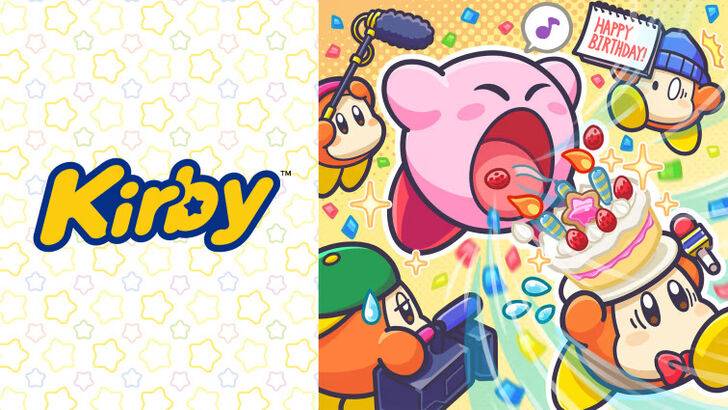
Both Swan and Yang agree that Nintendo has adopted a more global perspective in recent years. Nintendo of America collaborates more closely with its Japanese counterpart to ensure consistent marketing and localization strategies. The company has moved away from regional variations like Kirby’s box art, avoiding scenarios similar to the 1995 "Play It Loud" campaign.
Yang highlighted that the global audience's preferences haven't shifted significantly, but the business strategy has evolved to emphasize global marketing. She stated, "Global marketing ensures brand consistency across regions but sometimes overlooks regional differences, potentially leading to bland, safe marketing approaches for Nintendo's products."
Game localizers attribute the current trend towards less localized content to the industry's globalization and the increasing familiarity of Western audiences with Japanese culture, including games, movies, manga, anime, and other media.

 Latest Downloads
Latest Downloads
 Downlaod
Downlaod
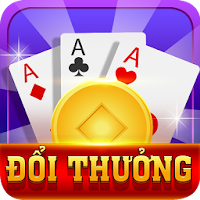



 Top News
Top News